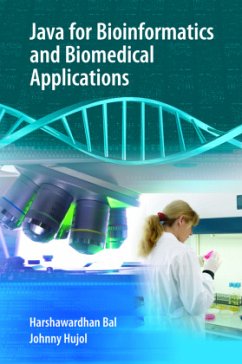April 2006 Introduction Bioinformatics is at a crossroads. We work in a field that is changing every day, increasingly moving from specific solutions created by single researchers working alone or in small groups to larger, often geographically dispersed programs enabled by collaborative computing and open software. This book represents an important development, giving the reader an opportunity to discover how the use of open and reusable Java code can solve large bioinformatics problems in a software engineered and robust way. I work with one of the authors of this book every day, on the National Cancer Institute's cancer Biomedical Informatics Grid (caBIG(TM)) project, and I can attest that they are well suited to share with their readers both their experience in the development and use of bioinformatics software, as well as their interest in solid software engineering and interoperability. Background and history In its short history, bioinformatics has become an increasingly important part of how scientists involved in biological research go about their work. This has lead to an explosion of interest in the subject, and a similar explosion in tools and data resources for researchers to learn and use in their work. Historically, tools for bioinformatics have been idiosyncratic and are custom-developed by the end-users (or those close to them) in an iterative fashion until the specific immediate problem is solved. This has led to a balkanization of informatics systems, sometimes yielding multiple, incompatible systems at a single institution for a single application.
Hinweis: Dieser Artikel kann nur an eine deutsche Lieferadresse ausgeliefert werden.
Hinweis: Dieser Artikel kann nur an eine deutsche Lieferadresse ausgeliefert werden.








